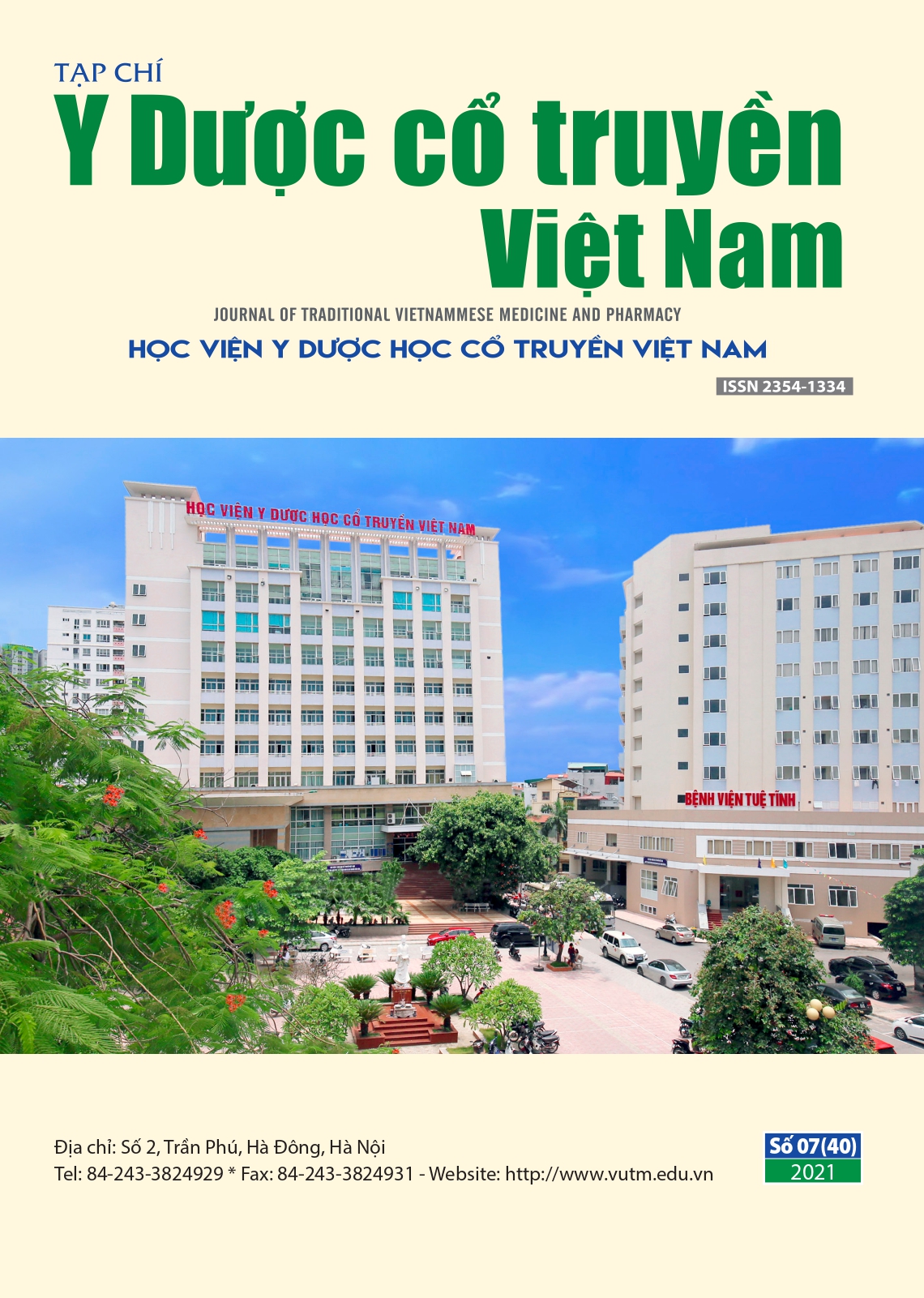Effects of basil (ocimum basilicum l. Lamiaceae) extract on experimental rabbits’ hepatic functions
Main Article Content
Abstract
This study was carried out between May and July, 2021 at National Institute of Malariology, Parasitology and Entomology, and Hanoi University of Medicine, Vietnam.
Objective: To assess the effects of basil water extract (Ocimum basilicum L. Lamiaceae) on experimental rabbits’ hepatocellular functions.
Methods: The Vietnam Ministry of Health’s and OECD’s guidelines for sub-chronic toxicity testing were applied. The aqua basil extract was treated orally in two different groups with the dose regimens of 0.6 and 1.8 g/kg/day x 28 consecutive days, respectively. A control group treated orally with distilled water was also tested simultaneously. Two milliliters of blood were pulled out from each rabbit’s ear vein on day 0 (before testing), day 14 (the middle of testing) and day 29 (after just stopping taking basil extract) in order to test for biochemical parameters including AST, ALT, total bilirubin and total protein. Less than half of rabbits from each group were operated on day 29 and the others were finished operations on day 43 (after 15 days taking no basil extract) for general liver observations and microbody structures of liver cells.
Results: The concentrations of AST, ALT, total bilirubin and protein in rabbits’ serum samples of the treated groups were insignificantly different from that of the control group on the same testing days; furthermore, there were unremarkable changes of these parameters between days 14 or 29 and day 0 (the p values > 0.05) except for total protein in the second group on day 14. The second group treated with basil extract at the dose regimen of 0,6 g/kg/day had a significantly higher total protein concentration on day 14 than that on day 0 (p > 0.05) but an insignificant change on day 29 compared to that on day 0 (p < 0.05). Besides, macroscopic liver parenchyma of all rabbits on days 29 and 43 were normal, soft, smooth, homogeneous and brightly red. Microscopically, liver cells had no necrosis and degeneration and liver textures were in normal limits with bright cytoplasms. There were 1/5 (20%) rabbits in the control group and 2/5 rabbits (40%) of each treated groups which had mild congestions in the central veins and sinuses on day 29 (p > 0.05) while the others had expected textures. In general, the aqua basil extract did not affect experimental rabbits’ hepatic functions.
Article Details
Keywords
Basil, Ocimum basilicum L. Lamiaceae, aqua basil extract, AST, ALT, total protein, total bilirubin, hepatic parenchyma, macroscopic, microscopic, congestion.
References
2. Bộ Y tế (2015), Quyết định số 141/QĐ-K2ĐT, Quyết định về việc ban hành tài liệu chuyên môn “Hướng dẫn thử nghiệm tiền lâm sàng thuốc đông y, thuốc từ dược liệu”.
3. Phạm Thanh Kỳ (Chủ biên) (2015), Dược liệu học, tập II, Sách đào tạo Dược sĩ Đại học, tái bản lần thứ I, Nhà Xuất bản Y học, tr. 243-244.
4. Liêu Thùy Linh, Ngô Nguyễn Nhật Hà, Phan Thị Kim Liên, Hà T T M và cộng sự, (2017), “Khảo sát ảnh hưởng của tinh dầu quế, sả chanh, húng quế, bạc hà và tác dụng kết hợp của chúng tới Saccharomyces cerevisiae và Aspergillus niger”, Kỷ yếu kỷ niệm 35 năm thành lập Trường ĐH Công nghiệp Thành phố Hồ Chí Minh (1982-2017), tr. 127-134.

